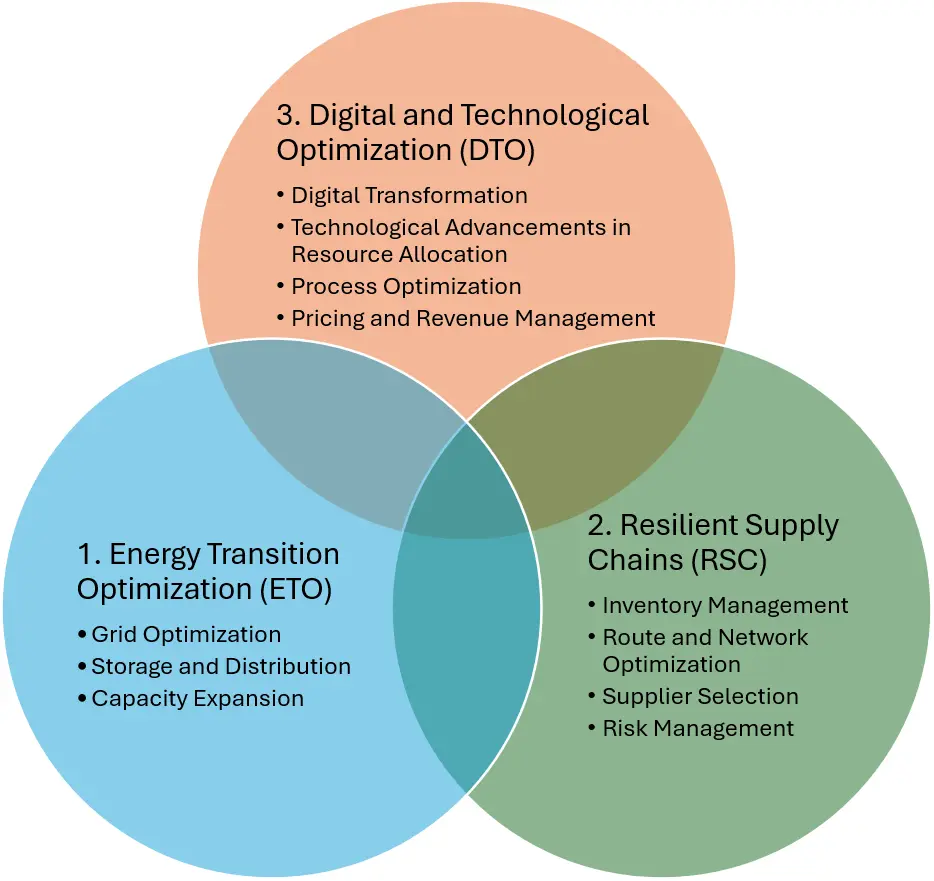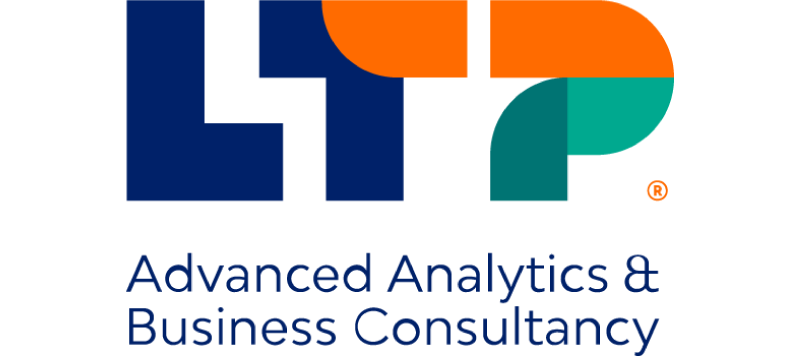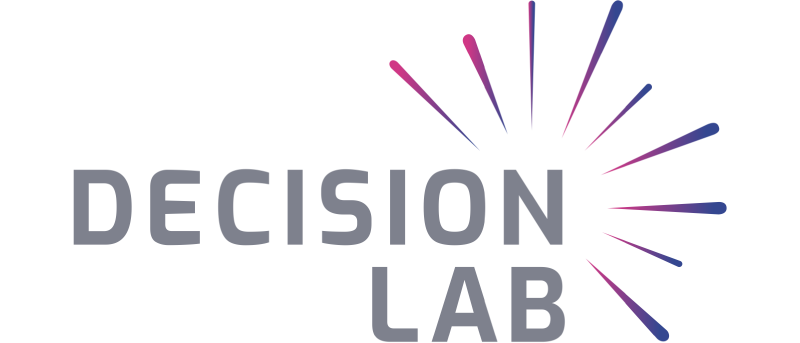We use cookies on our website to give you the most relevant experience by remembering your preferences and repeat visits. By clicking “Accept All”, you consent to the use of ALL the cookies. However, you may visit "Cookie Settings" to provide a controlled consent.
Necessary cookies are required to enable the basic features of this site, such as providing secure log-in or adjusting your consent preferences. These cookies do not store any personally identifiable data.
Functional cookies help perform certain functionalities like sharing the content of the website on social media platforms, collecting feedback, and other third-party features.
Analytical cookies are used to understand how visitors interact with the website. These cookies help provide information on metrics such as the number of visitors, bounce rate, traffic source, etc.
Performance cookies are used to understand and analyze the key performance indexes of the website which helps in delivering a better user experience for the visitors.
No cookies to display.
Advertisement cookies are used to provide visitors with customized advertisements based on the pages you visited previously and to analyze the effectiveness of the ad campaigns.
Other cookies are those that are being identified and have not been classified into any category as yet.
Welcome to the Gurobi Summit EMEAI! Arrive with plenty of time to register, settle and enjoy some local pastries.
Welcome to The Gurobi Decision Intelligence Summit! Hear the latest Gurobi Optimization news and updates.
Optimization is all around us—calculating the quickest route on your mobile phone, ensuring timely package deliveries, and streamlining your airline and hotel bookings. Optimization technology is being used in all those situations because it “creates value” – but what exactly does that mean? What’s the hidden connection between a deeply mathematical puzzle-solving tool, and your bottom-line results? What is the interplay between complexity and value?
You have probably been there: booking that dream vacation or registering for a conference abroad. You mindlessly add a flight, a small hurdle before reaching your destination. As you get comfortable in your seat among hundreds of fellow passengers, you glance out the window and see dozens of planes gliding around the airport. Have you ever stopped to wonder what it takes to make this happen? Behind the scenes, airlines face a logistical puzzle unlike any other. How do they get you and thousands of others to the right place at the right time with the right resources at an acceptable cost? From developing flight schedules years in advance to real-time execution on the day of travel, optimization is key.
Join us to explore how KLM Royal Dutch Airlines, one of Europe’s leading carriers, uses advanced optimization techniques to prepare and adjust flight schedules. Discover how we optimize the deeply interconnected planning and allocation of resources like aircraft, crew, technicians, and ground handlers, ensuring everything works in harmony.
But the planning is just the start. When faced with disruptions such as bad weather or aircraft breakdowns, you will learn how airlines use real-time optimization to bring order to chaos. Be prepared to be surprised by the hidden world of mathematics that keeps you flying smoothly. You might even leave with a newfound appreciation for that occasional (and sometimes mysterious) schedule change!
This session is perfect for anyone who has ever stepped on a plane and for those curious about the fascinating intersection of business, technology, and that incredible feeling of soaring through the sky.
(Quantum, GenAI, GPUs) and Optimization. The jungle of tech buzzwords can be overwhelming; in particular, technologies like GPU computing, generative AI, and quantum computing are getting attention from experts and even the general public. This talk discusses these technologies and their relevance to optimization and related real-world applications. Attendees will leave with a better understanding of these technologies’ roles in optimization, helping them make informed decisions about their relevance to the attendees’ ongoing and future projects. Join us to cut through the hype and find the true value in these innovations.
This session builds on the foundational concepts discussed in the previous talks, shifting focus to the practical implementation of mathematical optimization across key business areas to ensure transformation and resilience.
We will explore real-world applications and strategies that have proven effective in addressing the challenges associated with major global trends such as energy transition, supply chain resilience, and digitalization.
Gurobi envisions 3 Relevant Optimization Application Fields:

Welcome to the track “Embracing Business Complexity Through Optimization”. Frank Häger, will introduce you to the track objectives, the track framework and desired takes aways.
This track builds on the foundational concepts discussed in the previous talks, shifting focus to the practical implementation of mathematical optimization across key business areas to ensure transformation and resilience. We will explore real-world applications and strategies that have proven effective in addressing the challenges associated with major global trends such as energy transition, supply chain resilience, and digitalization.
The discussion will highlight:
Participants will leave with a clearer understanding of how to practically apply mathematical optimization techniques in their operations, equipped with actionable insights and guidelines to initiate or enhance their optimization projects.
Welcome to the track, ‘From Optimization 101 to Implementing High-Performance Real-World Models.’ Ronald van der Velden will introduce the track’s objectives, framework, and key takeaways.
Once you understand the fundamentals of mathematical modeling, a world of possibilities opens up to you. But once you start tackling more complex business problems, you soon find out that building that giant mathematical model does not give you the results or performance you hoped for. What is the right approach to build real-world optimization solutions and what makes the difference between a fast and a slow model? In this track we mix training sessions by Gurobi experts with first-hand experience from our customers. Learn how to build powerful models in an efficient and enjoyable way.
Mathematical models are complex by nature. Practitioners often consider model development an art and very different from other software-related disciplines. In this session we discuss how best practices from other areas of software development can still be applied to the implementation of mathematical models. Learn how to add structure to your model development process, work more efficiently and produce results faster. This session will also be an interesting introduction to optimization in practice.
Discover how BAMA, Norway’s leading fruit and vegetable supplier, automized its transport planning with a cutting-edge and award-winning optimization model powered by Gurobi. Learn how we developed and implemented a custom Mixed Integer Linear Programming model to maximize transport efficiency, reduce costs and CO2 emissions, and ensure product freshness.
Our project leverages Azure services, including Storage containers, Batch, Functions, and Key Vault, seamlessly integrated with GitHub for version control and Azure Pipelines for CI/CD, all managed through Terraform.
Join us as we share our 360-degree view on the journey from manual processes to a sophisticated, data-driven approach: we will delve into the technical architecture, challenges, and achievements, providing valuable insights for organizations aiming to enhance their transport logistics with advanced technology.
LION (Linehaul Optimization for Network) is an advanced tool for the transportation and logistics sector, streamlining operations management efficiently. By replacing costly external solutions, LION saves over $350K annually on maintenance and support. It offers practical tools for real-time compliance, scheduling, and operational adjustments.
LION ensures adherence to labor regulations and optimizes the contractor tender process with a rich front-end experience that integrates automated and manual operations. This empowers decision-makers to act quickly and efficiently. Using advanced algorithms and Gurobi for solving mathematical models, LION effectively manages drivers and vehicles. Additionally, it promises up to $600K in extra savings each year through automation and strategic driver base reevaluation.
The Aditya Birla Group (ABG), a global conglomerate with operations spanning 36 countries, is a leading force across industries such as metals, cement, fashion, financial services, and textiles. With annual revenues exceeding $62 billion and a market capitalization of over $100 billion, ABG’s flagship companies—UltraTech Cement, Hindalco, Grasim, and Aditya Birla Fashion—are key contributors to its success. Operating in both B2B and B2C markets, the group maintains a strong international presence. The Group Data and Analytics Cell (GDNA) plays a crucial role in enhancing operational efficiency across logistics, procurement, sales, and manufacturing, with notable achievements such as the optimisation of wool procurement for the Domestic Textiles division.
Grasim Domestic Textiles sources over 100 tons of raw wool weekly from the Australian Wool Exchange (AWEX), using brokers to navigate auctions in Sydney, Melbourne, and Fremantle. This process, traditionally dependent on broker expertise, faced challenges like inconsistent performance evaluation, reliance on manual decision-making, and procurement cost uncertainties.
To address these challenges, the GDNA team developed an AI-powered ProcuRement Optimizer for Wool (PROWL). Leveraging advanced optimization techniques with Gurobi as the solver, PROWL delivers data-driven recommendations for wool lot selection, incorporating logistics and shipping costs. It enables brokers to conduct what-if analyses within minutes, with a remarkable 98% reduction in evaluation time thereby streamlining procurement processes.
During a six-month pilot phase, PROWL demonstrated a notable reduction in procurement costs, ranging from 0.5% to 1.5%, marking a substantial advancement in procurement efficiency. The Tool not only enhances procurement processes but also equips brokers with actionable insights, thereby refining decision-making in the highly competitive wool market.
Providing reliable delivery dates for customer orders efficiently is vital for maintaining healthy customer relationships and upholding the company’s value proposition. The cork composites manufacturer in this study faced challenges in analyzing customer orders due to the difficulty of accurately and efficiently simulating existing production orders within their multi-unit production environment. To address this issue, an optimization model was developed that enables the Production Planning department to provide accurate delivery dates for each customer order. It also allows for what-if analyses regarding changes to the existing production based on the commercial priority of each order and offers an overview of potential bottlenecks in the industrial areas for the coming months.
In this talk, we will present the process of building this model, the results obtained, and the challenges encountered in modeling a multi-stage production process within a multi-unit industrial environment, as well as the process designed to facilitate its adoption.
Optimization is often seen as a black-box: once your model is handed over to Gurobi, you just trust it to come back with the optimal result.
Knowing what’s going on within that black box will help you understand how changes in your model formulation, input data or solver parameters may impact performance of Gurobi. In this session we have a look under the hood to see which algorithms are employed to solve your problems.
In today’s data-driven retail landscape, Jumbo Supermarkten is at the forefront of innovation by seamlessly integrating mathematical optimization models across critical business functions. This presentation explores how Jumbo has enhanced floor space management, optimized product assortment, fine-tuned pricing strategies, and streamlined logistics operations through sophisticated optimization techniques. Building on the foundation of successful machine learning projects, these optimization models allow Jumbo to become even more relevant for customers and improve the operational efficiency at the same time.
Join us to discover how machine learning and mathematical optimization have become an integral part of Jumbo’s business decisions. With this combination, we transform data into actionable recommendations and empower data-informed decision-making.
Arjen Heeres, CEO of Decide Soluciones, will cover five key topics, offering practical tips, recommendations, and insightful anecdotes on how to successfully implement an optimization solution.
At swissQuant, we empower private banks, wealth and asset managers, and family offices with sophisticated, modular solutions to manage risk and grow wealth. Central to our offerings is the Portfolio Optimizer, a flexible and powerful tool that integrates advanced financial modelling, real-time data, and Gurobi’s solver to deliver high-speed, scalable optimization. The optimizer is used across a range of products, including Discretionary Portfolio Management (DPM) and Robo-Advisory. For this presentation, we will focus on its application in our Retail Investing App, where the optimizer handles vast datasets and automates portfolio adjustments with speed and precision. By enabling real-time, autonomous rebalancing, it allows institutions to offer private banking-level service to retail investors, democratizing access to professional-grade wealth management. This showcases how swissQuant’s Portfolio Optimizer seamlessly adapts to the demands of the retail market, delivering performance, scalability, and tailored solutions at an unprecedented level.
The Spanish electricity market offers various tariffs to the users. The configuration of the best supply option often involves a complicated set of decisions, since the final price is highly conditioned by the market price volatility and consumption stochasticity. In this talk, we will present OIIO, an innovative mobile application that determines the optimal tariff for SMEs consumers. Using algorithms that combine machine learning and optimization, OIIO makes decisions under uncertainty to minimize the cost of the electric bill, putting this power in the hands of everyone through a simple app. We will focus on the problem of deciding the power to contract according to the billing precepts of the power term and the restrictions of the electricity marketers.
In today’s dynamic and highly competitive business environment, where uncertainty is greater than ever, making informed and optimized decisions is crucial for organizational success.
An increasing number of companies are investing in optimization-based software solutions to enhance efficiency, increase customer satisfaction, and achieve sustainability. Many companies realize that shifting the focus from planning to optimized decision-making unlocks maximum business benefits. In this talk, we will discuss our decision-centric optimization experience in various industries and the complementary power of the cutting-edge decision intelligence technologies of ICRON and Gurobi. In particular, we will explore how ICRON addresses common business requirements, such as balancing multiple competing objectives and conducting rapid scenario analysis by leveraging Gurobi features like lexicographic optimization and warm start. We will also discuss how ICRON integrates with Gurobi in various deployment scenarios, including on-premises and public cloud environments.
This interactive Q&A session invites both speakers and attendees to engage in a dynamic exchange of questions related to the topics covered throughout the track. The goal is to end the day with a thought-provoking discussion, gaining valuable insights from the participants themselves. Ronald van der Velden, Technical Account Manager at Gurobi, will moderate the session.
This interactive Q&A session invites both speakers and attendees to engage in a dynamic exchange of questions related to the topics covered throughout the track. The goal is to end the day with a thought-provoking discussion, gaining valuable insights from the participants themselves. Kostja Siefen, Director of Technical Account Management at Gurobi, will moderate the session.
In this session we will guide you through the integration of Gurobi with the greater Python ecosystem. We will demonstrate model building patterns based on NumPy and SciPy.sparse data structures and how to take advantage of indexed DataFrames and Series in pandas. Further we will show how to use trained regressors from scikit-learn as constraints in optimization models. Join us as we delve into the world of optimization with Gurobi and elevate your Python-based workflows.
Finding an optimal solution can be quite challenging for some models. In this session, we discuss potential reasons for this and how to deal with it.
We also show a few techniques that help determine why some model is infeasible. Additionally, we give insights into the geometry of MIP to better understand the difficulty of models. Heuristics are essential to finding reasonable solutions quickly. We discuss heuristics included in the solver and other general concepts.
In addition to solving LPs, MIPs and MIQCPs, Gurobi has many useful features that you may not be aware of. In this talk we review modeling features such as multiple objectives, multiple scenarios, solution pools and general constraints. We also present features to help analyzing infeasibility and tools designed to analyze and improve the performance of Gurobi on your models.
This session will introduce you to the importance and fundamentals of Mathematical Optimization (MO).
You’ll learn how MO differs from other methods in AI, how it aids in making complex decisions by translating predictions into actionable solutions, and why it’s so valuable to add this expertise to your professional toolkit.
You’ll see how to identify the essential building blocks of optimization models in business problems: decision variables, constraints, and objective functions.
This session will also feature a hands-in example, guiding you through running your ‘Hello World!’ optimization model.
Models with numerical issues can lead to undesirable results: slow performance, wrong answers or inconsistent behavior.
When solving a model with numerical issues, tiny changes in the model or machine can make a big difference in the results. In this session, you will learn about Gurobi’s guidelines on numerical issues, how to identify them, how they impact your solutions and, most importantly, how to avoid them.
This session will introduce you to the importance and fundamentals of Mathematical Optimization (MO).
You’ll learn how MO differs from other methods in AI, how it aids in making complex decisions by translating predictions into actionable solutions, and why it’s so valuable to add this expertise to your professional toolkit.
You’ll see how to identify the essential building blocks of optimization models in business problems: decision variables, constraints, and objective functions.
This session will also feature a hands-in example, guiding you through running your ‘Hello World!’ optimization model.
Gurobi can handle a number of non-linear functions in optimization models. Historically, Gurobi first supported convex quadratic function in the objective and constraints. With Gurobi 9.0, Gurobi introduced a global solver for non-convex quadratic models and automatic piecewise-linear approximations of common arithmetic functions. Gurobi 11.0 comes with support for global optimization of models containing univariate non-linear functions . In this talk, we will review those various features and present our current work for tackling non-linearities better, including an outlook to Gurobi 12.
20587
20588
20591
20592
20593
20594
20596
20604
20605
20606
20608
20609
20610
20611
20612
20613
20614
20615
20616
20617
20618
20620
20621
20622
20619
20623
20624
20625
20626
20627
20628
20629
20912
21076
21077
21255
21461
21462
21463
21464
21467





GUROBI NEWSLETTER
Latest news and releases